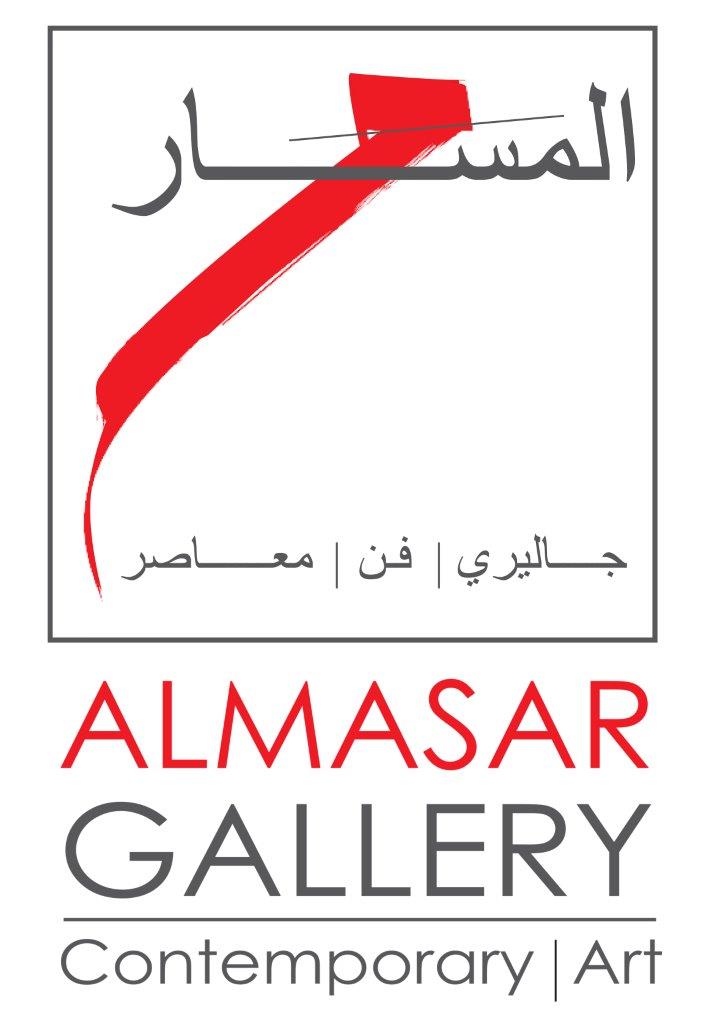Salem Abdallah El Habschi, better known as Mogli, was born in Indonesia in 1924. He left for the Netherlands in 1937, and after few months he ended up in Egypt where he spent most of his life. After his secondary studies at the Farouk I School he entered the Medicine faculty of Cairo where he studied for 4 years. Right after his graduation, he studied for a diploma in calligraphy. In 1949 he left Egypt for the Netherlands and only returned in 1953 where he started to actively exhibit with the Contemporary Art Group. Mogli was seen at the time is seen as an outcast from the traditional Egyptian picture renaissance. He spent most of his active years as a painter as part of the Contemporary Art Group.
Mogli, with his intricate brush strokes, merges Indonesian drawing techniques with folkloric Egyptian landscapes, and can be considered as an “anomaly” in the Egyptian art landscape of the Post-War decade. His powerful, colourful and metaphysical paintings defined him as one of the pillars of the Contemporary Art Group. Three distinct phases are clear within his oeuvre: his first paintings were surrealist, this continued until 1948 when he moved towards a very colourful and naïve style inspired by his native land, his later works were informed by abstraction with human and natural forms morphing into a dreamy world where the morbid and fantastical are one. The influence of a childhood spent among the rural farmlands of Java Island in Indonesia is clearly reflected directly in his penchant for vibrant and naïve colours.









